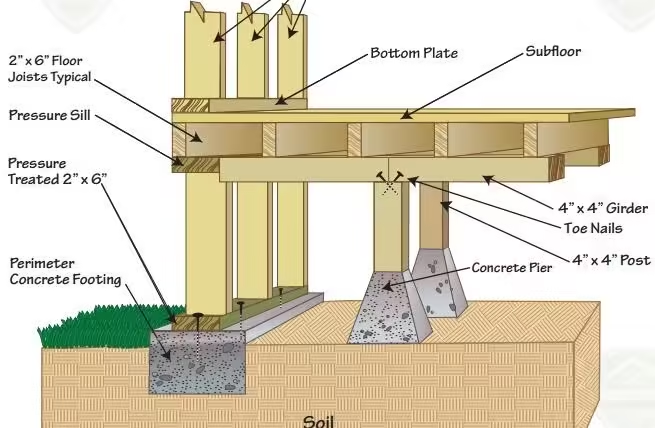
In the realm of construction and architecture, the interplay between design and function often gives rise to intriguing questions that shape the very foundations of our built environment. One such question arises when we consider raised floor foundations: Do these structures incorporate cripple walls? Cripple walls, the short walls that typically extend from the top of a foundation to support the floor framing above, play a pivotal role in ensuring stability and support within a building. As we delve into this topic, we will explore the characteristics, benefits, and architectural considerations of raised floor foundations, shedding light on whether cripple walls are an integral component or if they take on a different role altogether. Join us as we navigate the complexities of foundation design and its implications for both structural integrity and aesthetic appeal.
Table of Contents
- Understanding Raised Floor Foundations and Cripple Walls
- The Structural Role of Cripple Walls in Raised Floor Systems
- Evaluating the Benefits of Cripple Walls in Foundation Design
- Best Practices for Incorporating Cripple Walls in Raised Floor Construction
- Q&A
- To Conclude
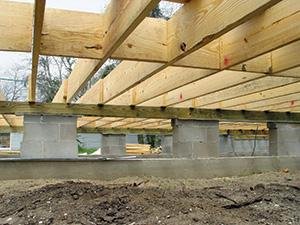
Understanding Raised Floor Foundations and Cripple Walls
Raised floor foundations are an innovative construction technique that offers numerous benefits, especially in regions prone to flooding or where soil conditions are a concern. This type of foundation elevates a structure above the ground level, providing a buffer against moisture and allowing for better ventilation. Within this framework, cripple walls play a crucial role as they serve as vertical supports that fill the space beneath the raised floors. Often constructed from wood or concrete, these walls can strategically distribute weight, enhancing the overall stability and strength of the building. Their height is typically kept lower than that of standard walls, effectively creating an open crawl space, which is essential for managing utilities and maintaining airflow.
When considering whether raised floor foundations include cripple walls, it’s important to recognize that not all raised floors require them. The presence of cripple walls largely depends on the specific design and engineering of the structure. Below are some key aspects to consider regarding raised foundations and their association with cripple walls:
- Support Structure: Cripple walls can provide essential elevation and support, especially in seismic regions.
- Ventilation: The crawl space created by cripple walls helps facilitate airflow, reducing the risk of moisture buildup.
- Access: They allow easy access to plumbing and electrical systems located beneath the floor.
Ultimately, the decision to incorporate cripple walls into a raised floor foundation will rely on various factors, including the local building codes, environmental considerations, and the specific needs of the structural design. Understanding these elements can guide homeowners and builders alike in making informed decisions for optimal performance and durability of the foundation.
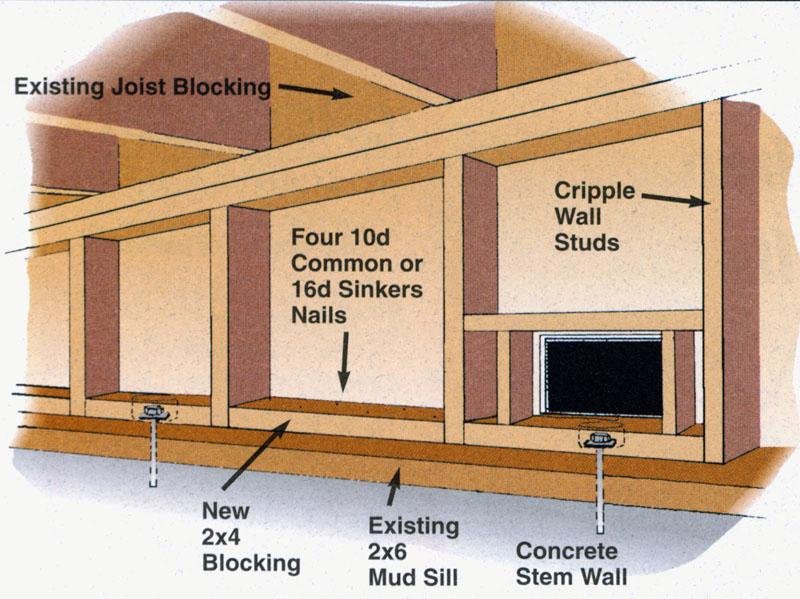
The Structural Role of Cripple Walls in Raised Floor Systems
Cripple walls serve a crucial function in supporting raised floor systems, particularly in regions prone to seismic activity. These short, vertical walls are typically constructed between the foundation and the floor framing, providing lateral stability and vertical support. By effectively distributing loads and mitigating movement, cripple walls enhance the overall resilience of the flooring system. Their design can include reinforced materials and strategic bracing, which are essential for preventing structural failures during extreme weather events or seismic events.
In addition to their load-bearing capabilities, cripple walls also serve to improve airflow and moisture control within the crawl space of raised floor systems. This can be vital for preventing rot, mold, and pest infestations. When incorporated thoughtfully, cripple walls create an efficient balance between structural integrity and environmental management. Some critical points to consider include:
- Material selection: Using durable, moisture-resistant materials can extend the lifespan of the cripple walls.
- Height specifications: Optimal height is essential for maintaining stability without compromising ventilation.
- Bracing methods: Implementing diagonal bracing can significantly enhance resistance to lateral forces.
| Feature | Benefit |
|---|---|
| Load Distribution | Reduces stress on flooring |
| Lateral Stability | Minimizes risk of structural failure |
| Moisture Control | Prevents mold and pests |
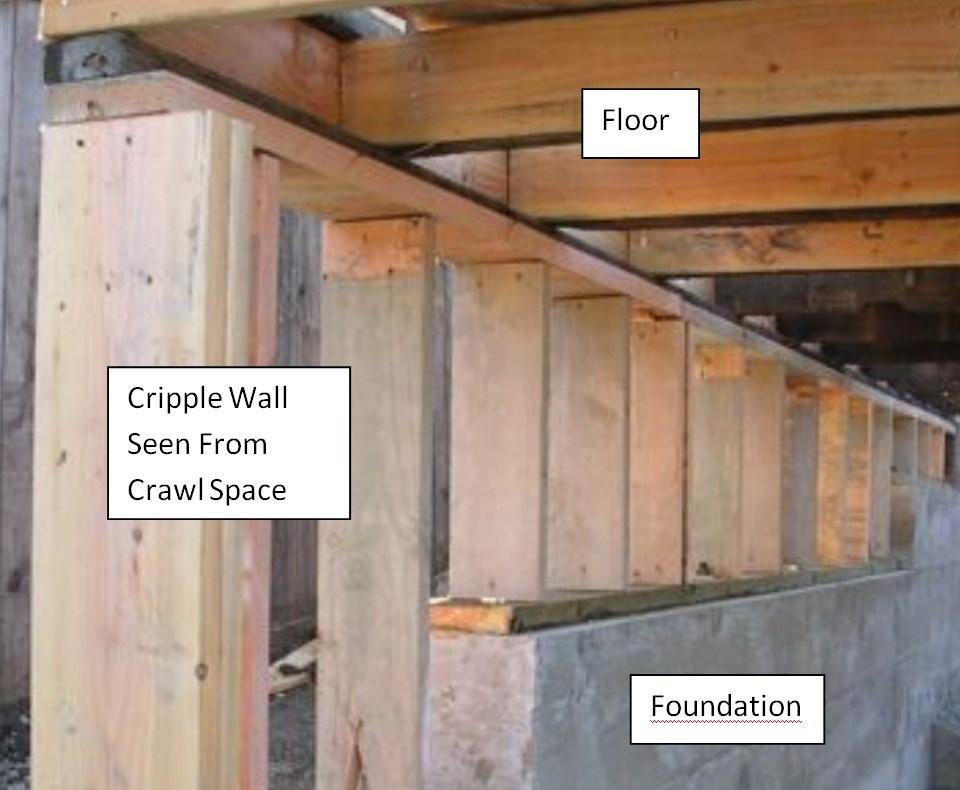
Evaluating the Benefits of Cripple Walls in Foundation Design
Cripple walls serve a critical role in enhancing the structural integrity of raised floor foundations. By providing a height extension from the foundation to the floor that rests above it, they create a physical barrier that helps distribute loads more evenly. This distribution plays a significant part in minimizing the potential for damage during seismic events or heavy winds. Additionally, cripple walls offer necessary ventilation for spaces beneath the home, aiding in moisture control and preventing wood rot that could weaken the overall structure.
The installation of cripple walls can also lead to improved energy efficiency. By allowing an airflow system that combats excessive heat during summer months and retains warmth during winter, homes benefit from a more consistent indoor climate. Below is a simple comparison outlining the advantages:
| Benefit | Description |
|---|---|
| Load Distribution | Evenly spreads the structural load to prevent collapses. |
| Ventilation | Provides airflow to reduce moisture buildup. |
| Energy Efficiency | Helps maintain a stable indoor temperature. |
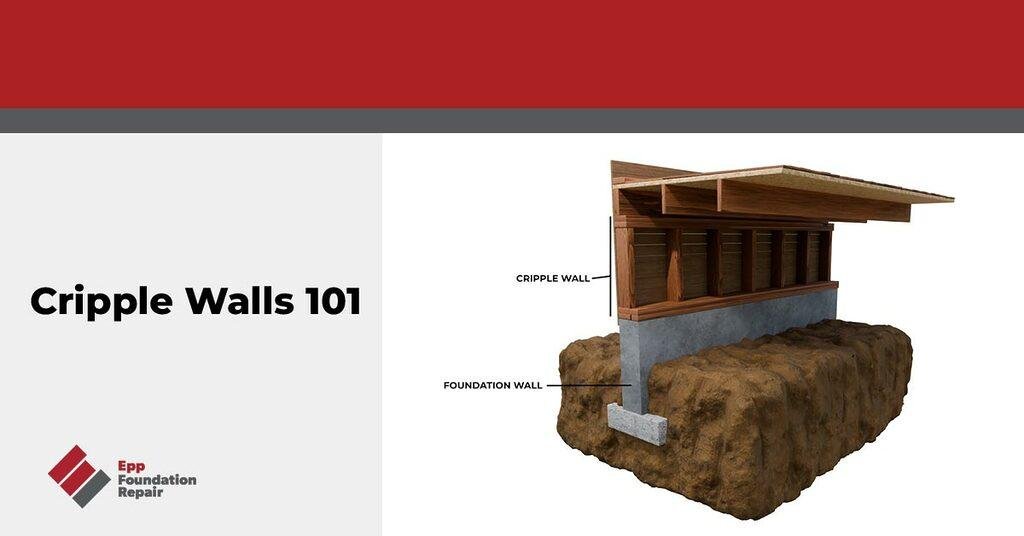
Best Practices for Incorporating Cripple Walls in Raised Floor Construction
Incorporating cripple walls in raised floor construction is essential for improving structural integrity and seismic resilience. To achieve optimal performance, consider the following best practices:
- Use Quality Materials: Select durable materials that resist rot and pests, ensuring long-lasting support for the structure.
- Proper Framing Techniques: Employ effective framing strategies, like increasing the number of studs and using bracing, to strengthen the cripple wall against lateral forces.
- Consistent Ventilation: Ensure adequate air circulation underneath the raised floor to prevent moisture buildup, which can weaken the cripple walls over time.
- Consult Local Codes: Always adhere to local building codes and regulations regarding cripple wall installation, as they can vary by region and may have specific requirements.
When designing a raised floor with cripple walls, planning is crucial. The following table summarizes key considerations to keep in mind:
| Consideration | Description |
|---|---|
| Height of Cripple Wall | Aim for a height that balances accessibility and structural support (typically 2-3 feet). |
| Foundation Type | Choose between concrete, pier, or stem wall foundations based on site conditions. |
| Load Calculations | Perform accurate load calculations to ensure that the cripple walls can handle expected forces. |
Q&A
Q&A: Do Raised Floor Foundations Have Cripple Walls?
Q1: What is a raised floor foundation?
A1: A raised floor foundation, commonly known as a crawl space foundation, elevates the building above ground level. This design allows space for ventilation, access to utilities, and minimizes water intrusion. It typically consists of beams, joists, and a sturdy floor deck.
Q2: What are cripple walls?
A2: Cripple walls are short walls that extend from the top of a foundation to the bottom of the first floor. They are typically framed in wood and serve to support the flooring while providing a space between the foundation and the main structure above.
Q3: Do raised floor foundations require cripple walls?
A3: In many instances, raised floor foundations incorporate cripple walls, especially when the foundation is elevated. These walls help distribute loads and can enhance seismic resilience by providing lateral support.
Q4: Are there any benefits to having cripple walls in raised floor foundations?
A4: Absolutely! Cripple walls can add structural integrity, reduce the risk of movement during seismic events, and provide additional storage or utility space. They also contribute to insulation by reducing drafts in the crawl space.
Q5: Are there any downsides to cripple walls?
A5: While cripple walls add structural benefits, they can also pose potential hazards if not properly constructed, such as vulnerability to termite infestations or moisture issues. Proper building practices are crucial for maintaining their integrity.
Q6: How do I know if my home has cripple walls?
A6: You can inspect the crawl space or foundation area. Look for short walls that are framed between the foundation and the floor joists. If you’re unsure, consulting with a structural engineer or a home inspector can provide clarity.
Q7: Can I modify a raised floor foundation to add or remove cripple walls?
A7: Modifying foundations is a complex process and should not be undertaken lightly. Consult with a structural engineer before making any changes to ensure safety and compliance with building codes.
Q8: Is it common in all regions to have cripple walls in raised floor foundations?
A8: The presence of cripple walls can vary by region depending on local building practices, codes, and environmental factors. In areas prone to earthquakes or flooding, they are more likely to be included for added stability.
Q9: How can I maintain the integrity of cripple walls?
A9: Regular inspections for signs of damage or decay, ensuring proper drainage and moisture control, and treating wood against pests can help maintain your cripple walls in good condition.
Q10: What should homeowners consider if they’re building a new home with a raised floor foundation?
A10: It’s wise to discuss the incorporation of cripple walls with your architect or builder, taking into account the local climate, soil conditions, and seismic requirements. A well-planned foundation can significantly influence the longevity and resilience of your home.
Whether you are considering building a new home or evaluating your current structure, understanding the role of cripple walls in raised floor foundations is essential for ensuring stability and safety.
To Conclude
the relationship between raised floor foundations and cripple walls is nuanced and fundamentally rooted in the specific design and structural requirements of a building. While not all raised floor foundations necessitate cripple walls, the presence of these vertical supports can enhance stability and provide additional benefits in terms of ventilation and insulation. As we’ve explored, the decision to incorporate such walls will ultimately depend on various factors, including geographical location, building codes, and personal preferences.
As builders and homeowners alike navigate the complexities of construction, understanding these elements can lead to more informed choices, fostering resilient structures that withstand the test of time. Whether you’re embarking on a new build or considering renovations, keeping the dynamics of raised floor systems and their accompanying features in mind can help create a foundation that is both practical and enduring. Thank you for joining us on this exploration, and may your endeavors in building be as solid as the ground beneath you.

